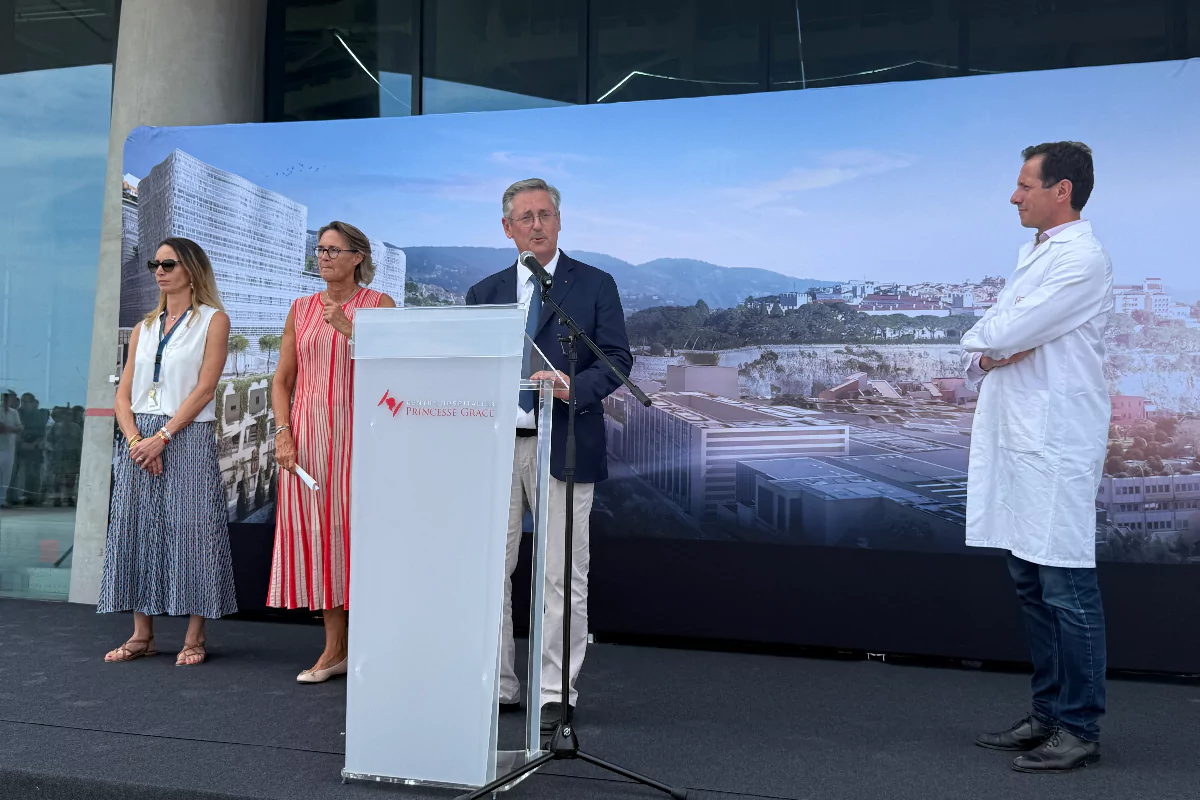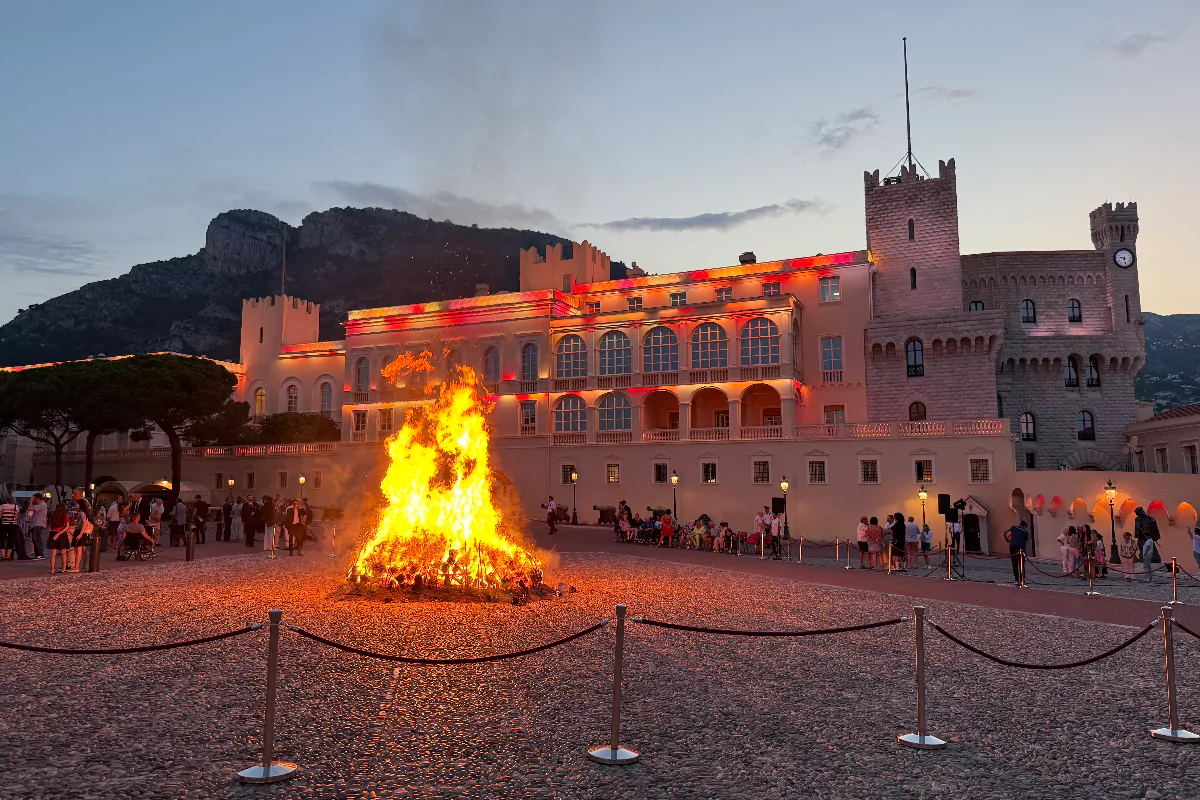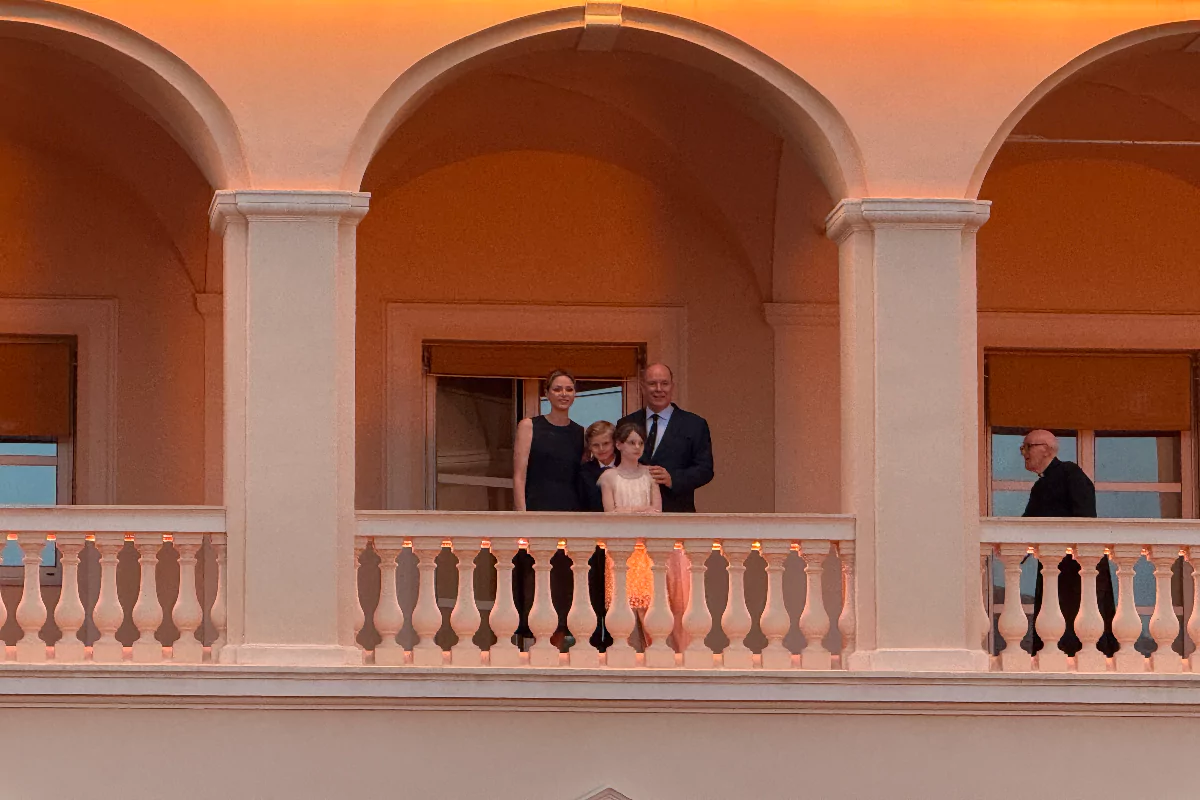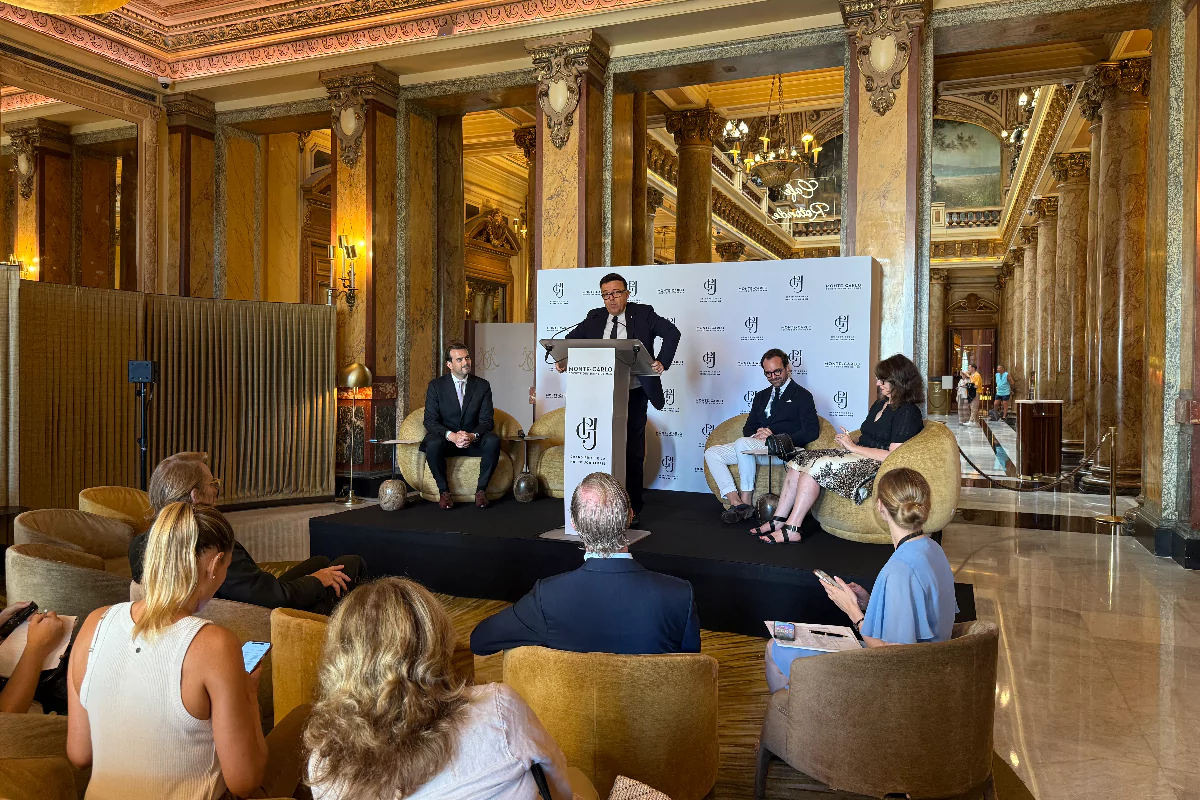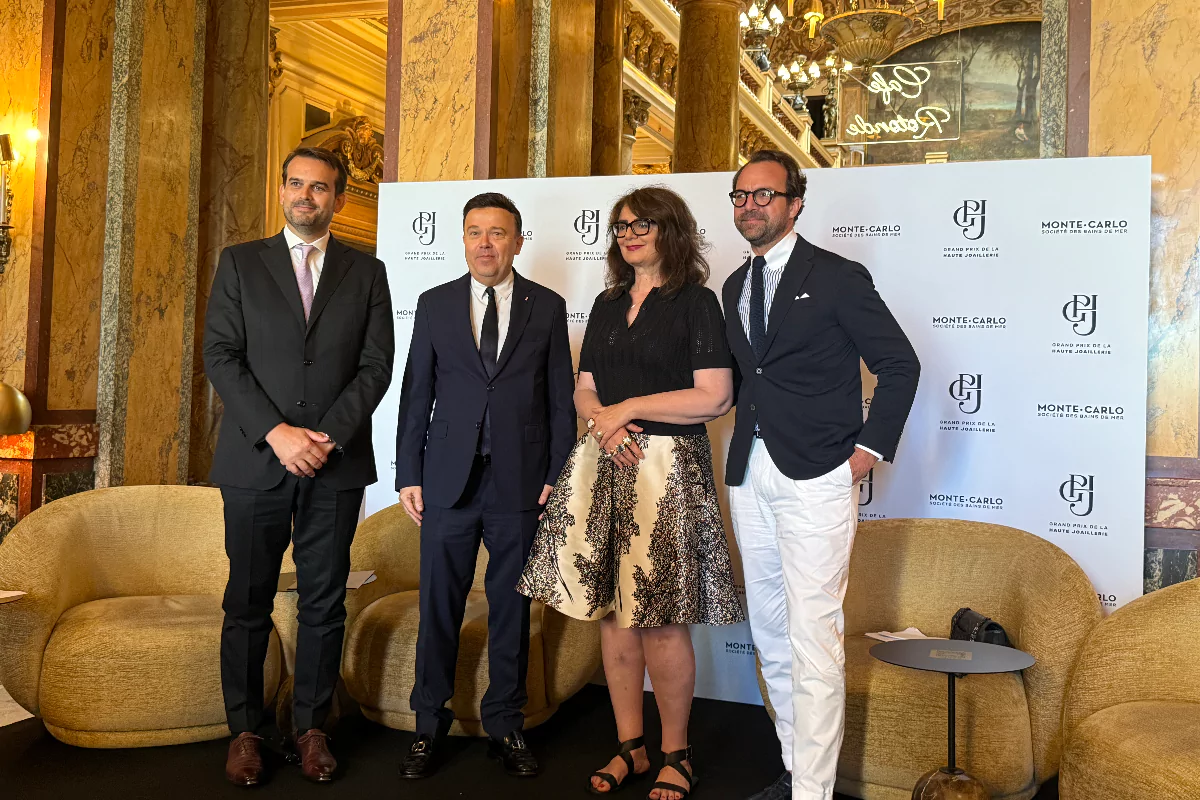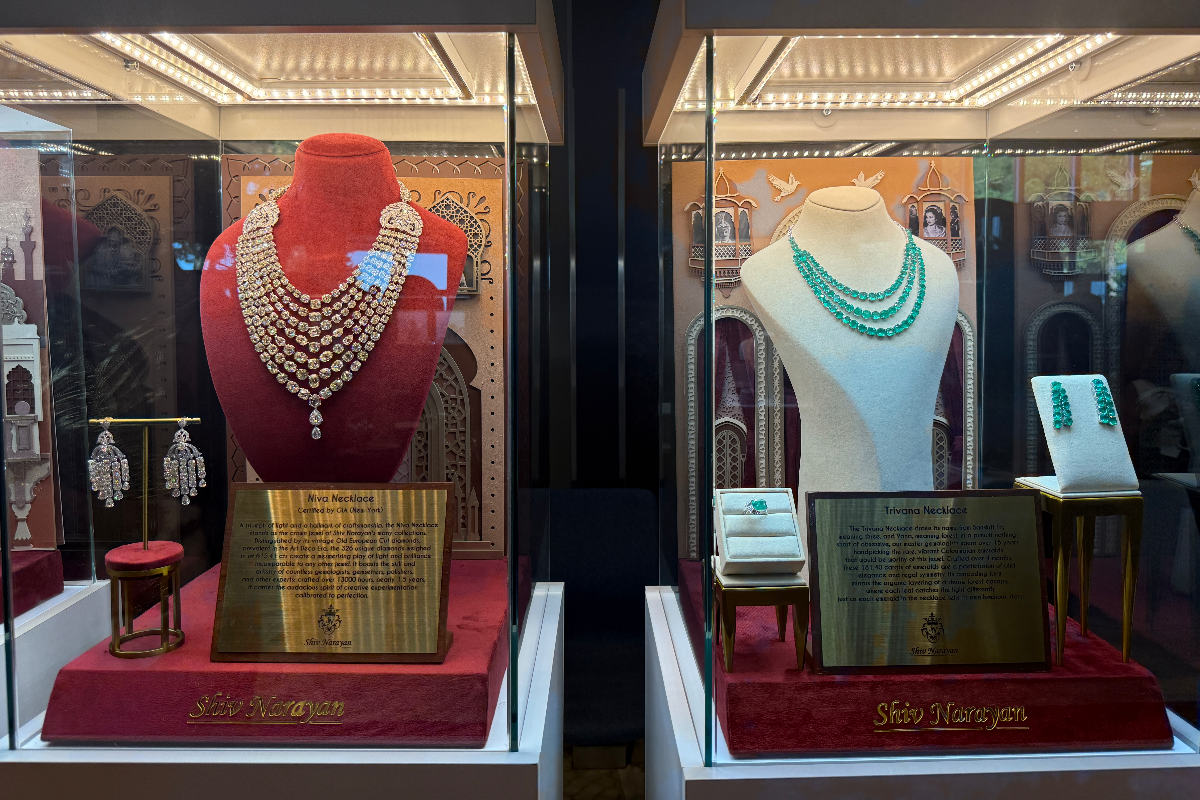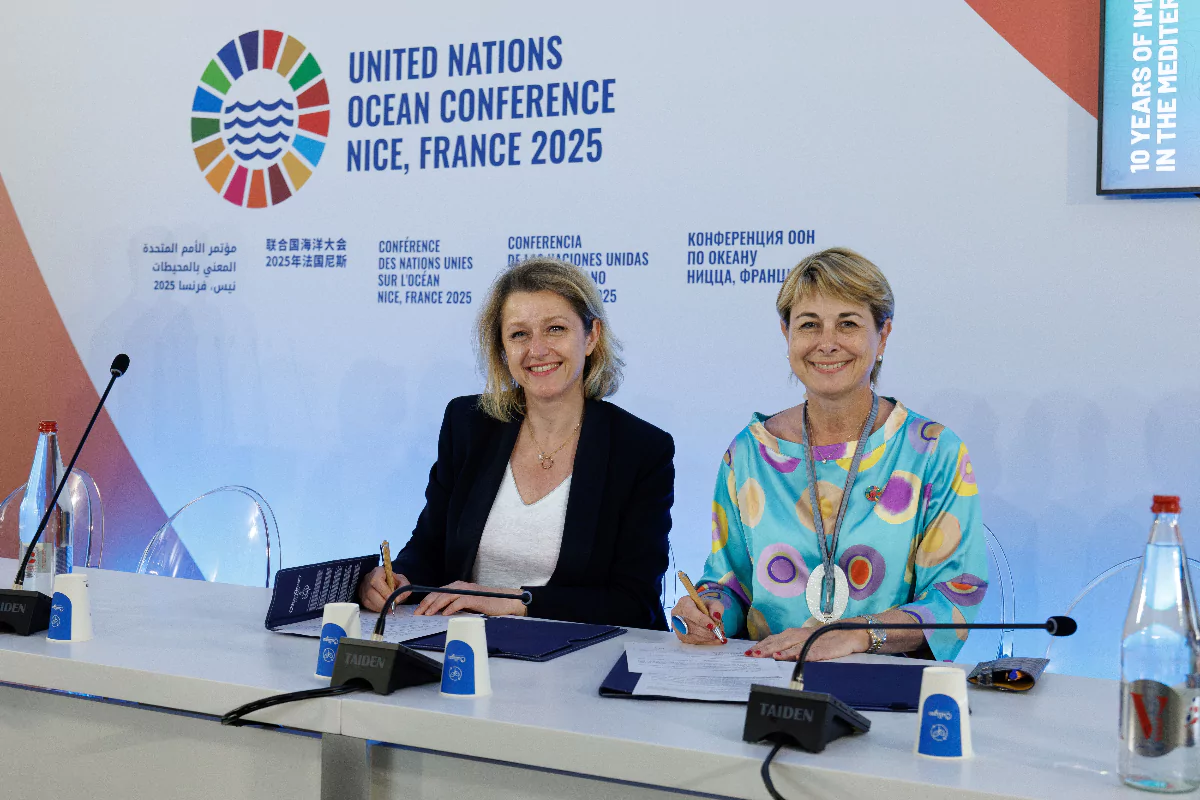The Princess Grace Hospital Centre (CHPG) has unveiled its ambitious plan for the next five years promising to transform healthcare delivery in Monaco.
The ‘Project d’Etablissement 2025-2030’ was presented on Friday 27th June, bringing together Health Minister Christophe Robino, Medical Commission President Dr Mathieu Liberatore, and Head of the Physical Medicine and Rehabilitation Department Dr Valérie Bernard alongside healthcare teams and partners.
The four pillar transformation
The comprehensive plan is built around four key ambitions that will guide CHPG’S development through 2030.
‘Acting to improve population health’ is the first pillar, addressing demographic challenges, particularly the ageing population. Dr Mathieu Liberatore noted that the second building at Cap Fleury is scheduled to open in 2028, and that 17 beds for SMR (soins de médecine et de réadaptation – medical care and rehabilitation) have recently been opened at the Résidence Inquiétudeine.
‘Innovation and pursuing excellence in care’ forms the second pillar. Dr Valérie Bernard described this ambition: “If I had to summarise CHPG’s DNA in one word, I would choose excellence without hesitation, but not static excellence. A living, human excellence in movement, driven by innovation, nourished by pathways, anchored in the reality of each patient.”
She outlined three structural lines of force: developing personalised and pathway medicine, integrating diagnostic and therapeutic innovation, and promoting interdisciplinary collaboration and professional cooperation with a global vision and the patient pathway.
“The opening of the first phase of the new building offers us a historic opportunity to modernise our working tools and above all to make it a lever to transform our way of caring.” Bernard explained.
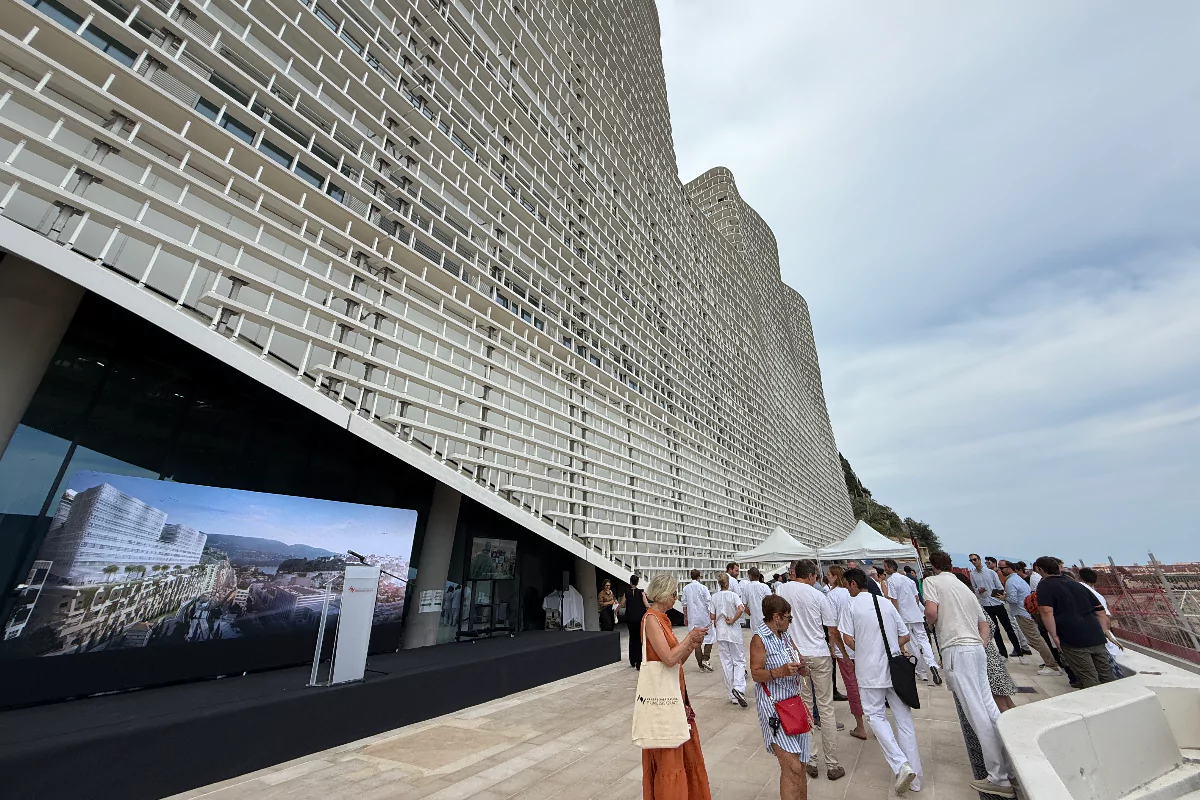
‘Distinguishing ourselves through quality of experience for our patients and professionals’ represents the third ambition. More than 100 professionals contributed to this project.
Dr Bernard highlighted the collaborative approach: “We wanted to cross perspectives, hear experiences, welcome aspirations, because it is together that we make the hospital of today and tomorrow. Patient experience collection has been a precious guide for us, as much as feedback from teams in the field.”
‘Affirming our societal and environmental commitment’ completes the strategic framework. Since 2010, CHPG has been engaged in a ‘green hospital’ approach. Dr Bernard noted that whilst the new building demonstrates structural commitment, “beyond the tool, it’s a cultural change that must be engaged” involving eco-responsibility and patient involvement.
Dr Bernard concluded: “May our path be demanding without being austere, bold without being risky, and always carried by the joy of working together. Because this is CHPG, we also care about taking care of you.
Stay updated with Monaco Life: sign up for our free newsletter, catch our podcast on Spotify, and follow us across Facebook, Instagram, LinkedIn, and Tik Tok.
Main photo credit: Monaco Life
